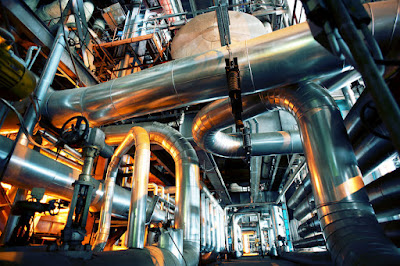Zero liquid discharge (ZLD) is a wastewater treatment method that removes liquid waste from the system. This is done to achieve zero discharge at the end of the wastewater management cycle, ensuring that no liquid waste escapes the facility's boundaries. It is a progressive wastewater treatment method that includes reverse osmosis, ultrafiltration, evaporation/crystallization, and fractional electrodeionization. Zero liquid discharge systems are classified into two types: traditional ZLD systems and hybrid ZLD systems.Conventional ZLD system includes falling film brine concentrators, vertical tube vertical tube evaporators (seed slurry concentrators) and non-seeded evaporators, forced circulation crystallizers, horizontal spray film evaporators, filter presses, centrifuges and drum dryers for sludge dewatering.
What is a zero liquid discharge system?
Zero liquid discharge (ZLD) is an engineering approach to water treatment where all water is recovered and contaminants are reduced to solid waste. While many water treatment processes attempt to maximize recovery of freshwater and minimize waste, ZLD is the most demanding target since the cost and challenges of recovery increase as the wastewater gets more concentrated. Salinity, scaling compounds, and organics all increase in concentration, which adds costs associated with managing these increases.
Why is Zero Liquid Discharge Important?
In a world where freshwater is an increasingly valuable resource, industrial processes threaten its availability on two fronts, unless the water is treated. Many industrial processes require water, and then reduce the availability of water for the environment or other processes, or alternately contaminate and release water that damages the local environment.
Although the history of stricter wastewater discharge restrictions can be traced back to the US Government's Clean Water Act of 1972, India and China have been in the forefront of the push for zero liquid discharge regulations in the recent decade. Because of the significant contamination of multiple important rivers by industrial effluent, both countries have enacted laws requiring zero liquid discharge. They determined that protecting rivers and lakes from pollution is the best way to assure healthy water supplies in the future. The high costs of wastewater disposal at inland plants have pushed Europe and North America toward zero liquid discharge.




No comments:
Post a Comment